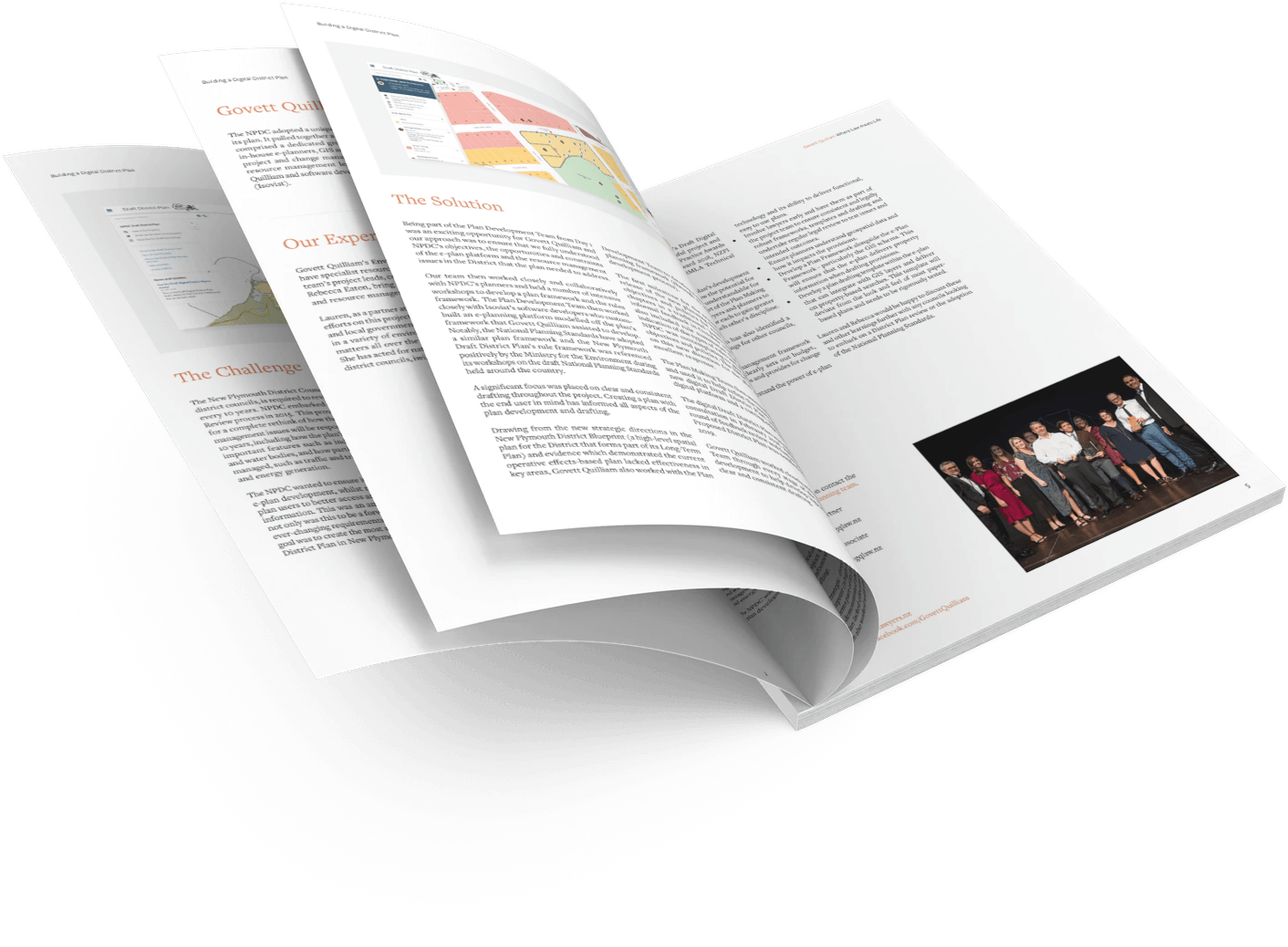
In November 2022 the Environment Minister David Parker introduced the Natural and Built Environment Bill and Spatial Planning Bill, two of the three pieces of legislation that make up the reform of the current resource management system.
The third piece of legislation, the Climate Adaption Act is intended to be introduced in 2023.
The new resource management system created by these Bills has been designed to achieve 5 objectives:
- protect and, where necessary, restore the natural environment, including its capacity to provide for the well-being of present and future generations;
- better enable development within environmental biophysical limits including a significant improvement in housing supply, affordability and choice, and timely provision of appropriate infrastructure, including social infrastructure;
- give effect to the principles of te Tiriti o Waitangi and provide greater recognition of te ao Māori, including mātauranga Māori;
- better prepare for adapting to climate change and risks from natural hazards, and better mitigate emissions contributing to climate change;
- improve system efficiency and effectiveness and reduce complexity, while retaining local democratic input.
The full transition from the Resource Management Act to the new legislative system is expected to take approximately 10 years.
The Natural and Built Environment Bill can be viewed here and the Spatial Planning Bill here. The Bills will now be referred to the Environment Select Committee, providing the public with the opportunity to submit on the proposed legislation.
Our resource management team will be providing further updates and analysis on the Bills over the coming weeks. If you have any queries regarding the Bills or the resource management reform process, please contact our resource management specialists.






.png)

